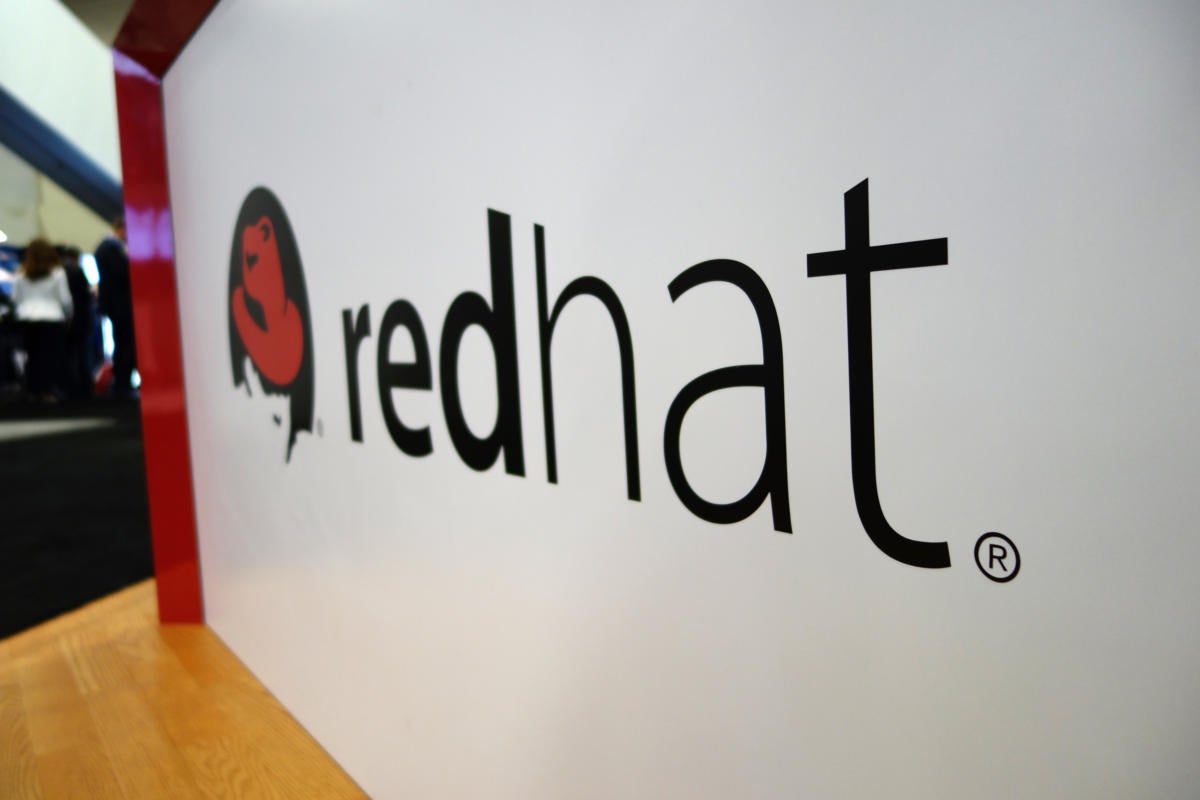- This power bank is thinner than your iPhone and this Black Friday deal slashes 27% off the price
- New Levels, New Devils: The Multifaceted Extortion Tactics Keeping Ransomware Alive
- Elden Ring, 2022's Game of the Year, hits a record low price of $20 on Amazon for Black Friday
- This is the best car diagnostic tool I've ever used, and it's only $54 in this Black Friday deal
- This robot vacuum has a side-mounted handheld vacuum and is $380 off for Black Friday
Red Hat debuts edge features for Linux, Kubernetes platform security

Red Hat, one of the open source software world’s biggest players, rolled out a raft of new features for its flagship enterprise Linux distribution — several of which were focused on edge computing — this week at its annual Summit gathering,
The Red Hat Edge initiative is a project designed to streamline the processes of deploying and managing edge infrastructure, and, under its banner, the company announced several new features like automation technology via Ansible and advanced cluster management for Kubernetes, among others.
The idea here is to build on Red Hat’s core enterprise Linux and OpenShift platforms to offer new ways to deploy edge technology. Zero-touch provisioning of devices via OpenShift is one key new feature, along with predesigned “validated patterns” to provide a quick and easy basis for deploying new edge software stacks, whether for computer makers looking to simplify sales or enterprises looking to design their own tech.
In addition, a technology preview of more edge-appropriate OpenShift deployment models — including, for the first time, support for single-node OpenShift — is also now available.
“Edge computing is no longer an emerging concept for the business … but, at the same time [teams] must address an entirely new set of challenges,” said Red Hat vice president and general manager of in-vehicle operating system and edge Francis Chow, in a statement announcing the new initiative. “The enhancements to the Red Hat Edge initiative … are designed to help overcome these production roadblocks and drive broader adoption of edge computing across the open hybrid cloud.”
Edge security matters
Red Hat also announced new security features at this year’s Summit. In addition to security patterns for the software supply chain — essentially, cryptographically signed “known good” code configurations — the company rolled out improvements to its Advanced Cluster Security for Kubernetes platform.
These include automated DevSecOps, providing integration for configuration analysis, CI/CD (continuous integration/continuous deployment) integration and vulnerability management, as well as new native threat detection, incident response capabilities and network segmentation features.
According to Red hat vice president of product security Vincent Danen, the new features are part and parcel of the more holistic approach to security that the modern threat environment mandates.
“IT security isn’t tied to a software edition or an add-on module; it needs to be baked into whatever technology an organization chooses, starting from the operating system foundation to the application level,” he said, in a company announcement. “The enhanced security capabilities across Red Hat’s hybrid cloud portfolio is intended to help deliver less complex operations with high levels of security no matter where an organization operates.”
Copyright © 2022 IDG Communications, Inc.

